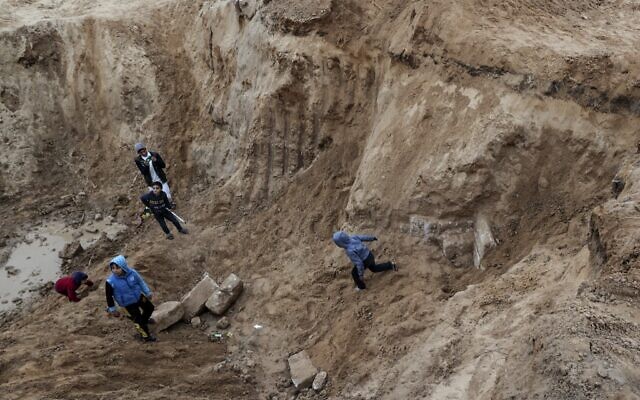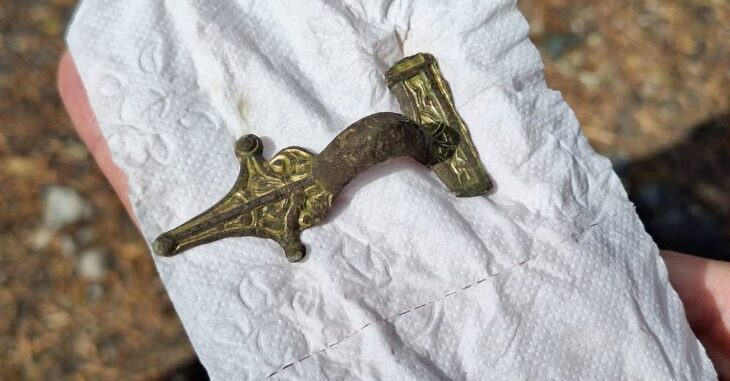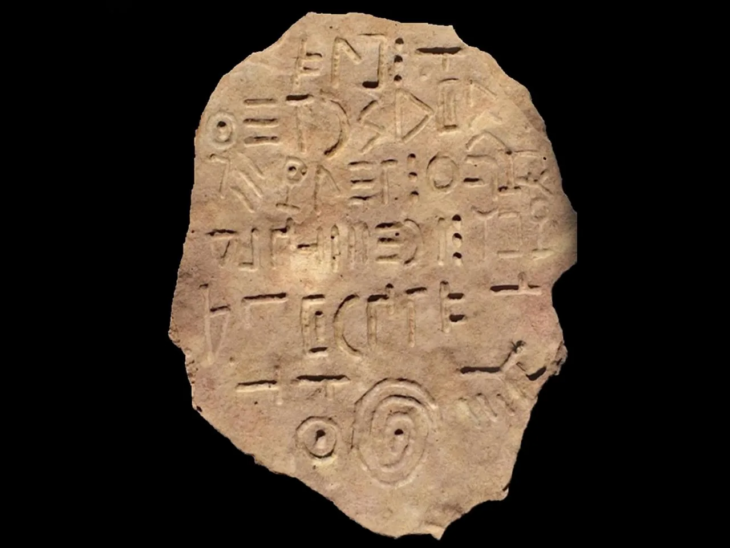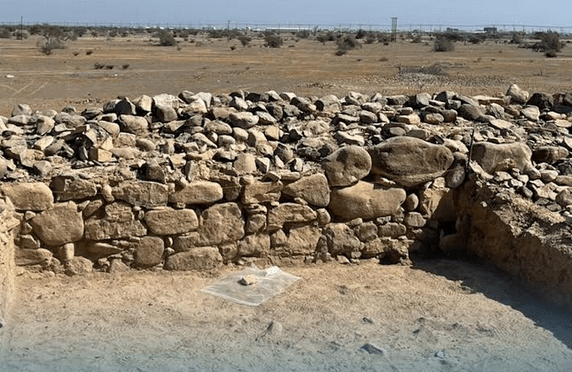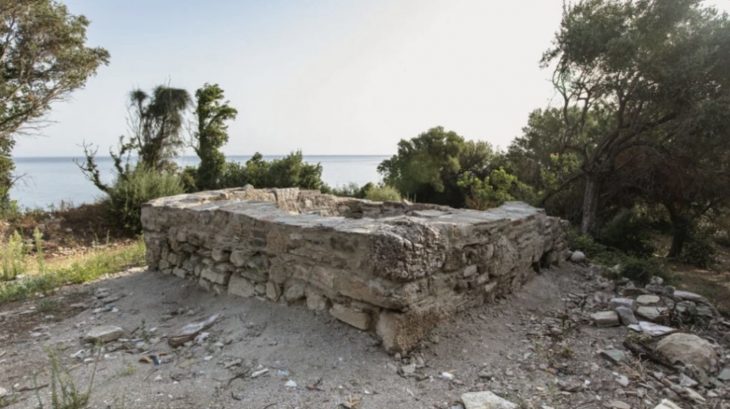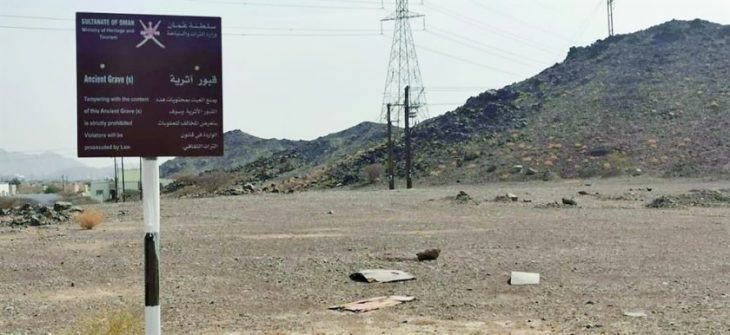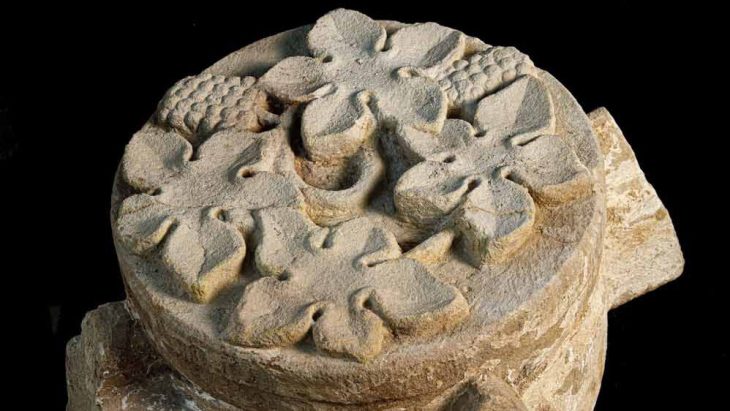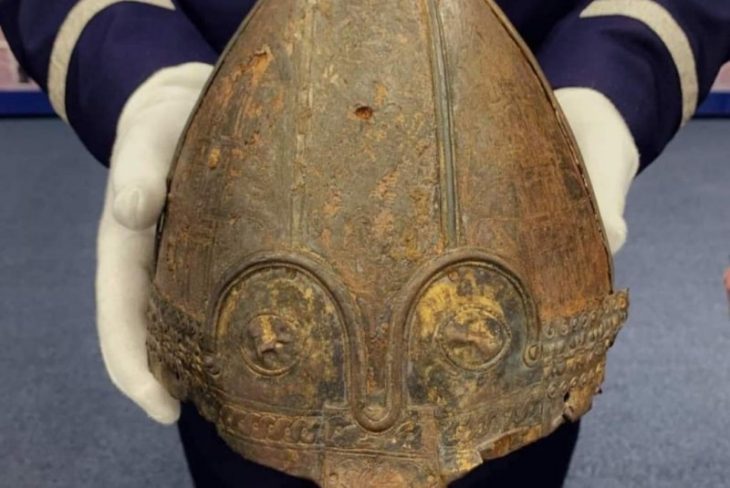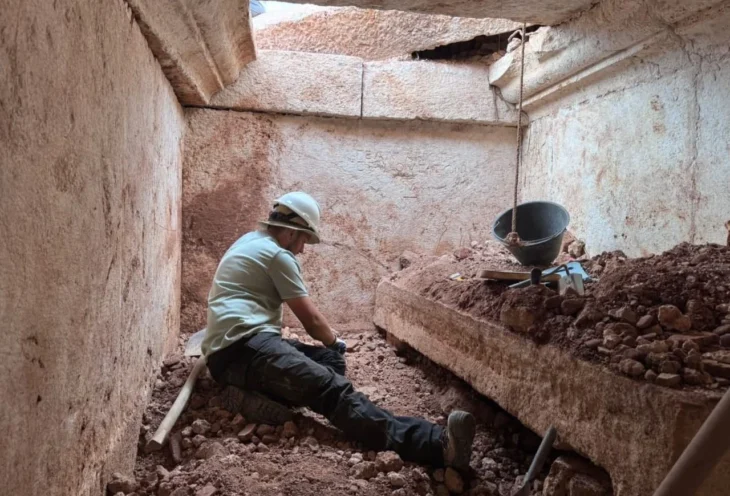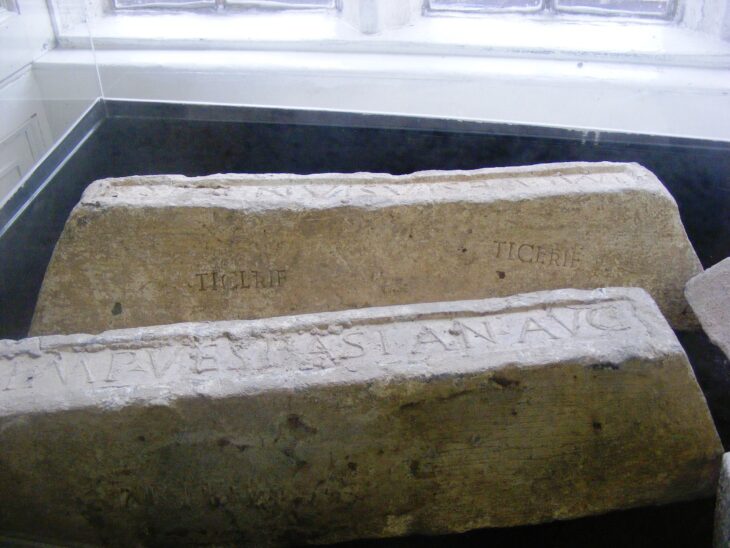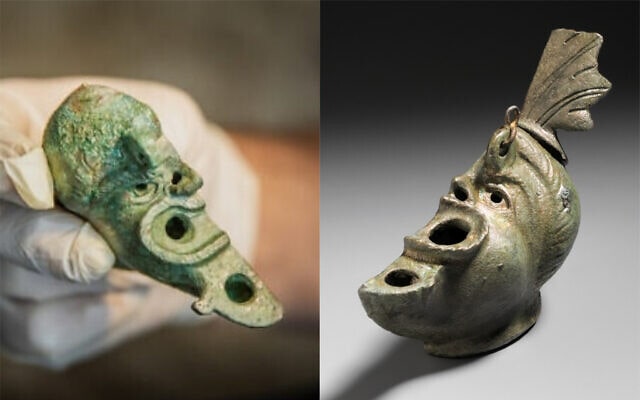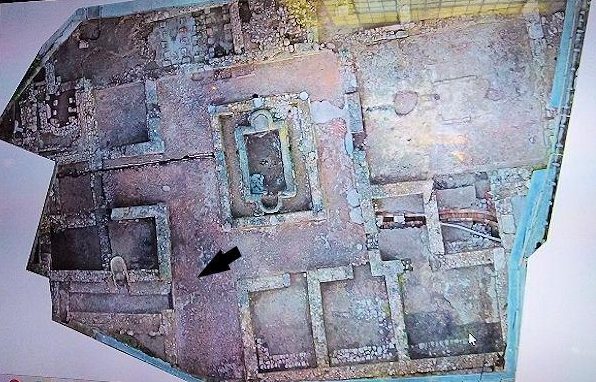Bulldozers digging for an Egyptian-funded housing project in the Gaza Strip have unearthed the ruins of a tomb dating back to the Roman era, Hamas authorities say.
The Palestinian Ministry of Tourism and Archaeology says its crews seized objects uncovered in the tomb and asked for construction work to be stopped. An independent archaeologist said, however, that photos he saw suggest the site was a cemetery, rather than a tomb.
Local media reports say, people, some of them using donkey-drawn carts, have looted many artifacts from the site in northwest Gaza City. Residents in the area say archaeological objects including casket covers and inscribed bricks were found a week before the ministry’s announcement.
Gaza, a coastal enclave home to more than 2 million people, is known for its rich history stemming from its location on ancient trade routes between Egypt and the Levant. But Israeli occupation, a blockade, conflicts, and rapid urban growth in the crowded, narrow territory are among the reasons most of Gaza’s archeological treasures have not been protected.
An independent archaeologist briefed on the issue said photos suggest the site was a cemetery dating back to the late Roman era to the early Byzantine period 1,600 years ago.
📣 Our WhatsApp channel is now LIVE! Stay up-to-date with the latest news and updates, just click here to follow us on WhatsApp and never miss a thing!!
“They indicate that a Roman temple or a Byzantine church is nearby,” said the expert, who spoke on condition of anonymity because he was not authorized to comment.
Cover Photo: Palestinian boys play in an ancient cemetery reportedly dating back to the Roman era which was unearthed during construction work in Gaza City on January 31, 2022. (Mahmud HAMS / AFP)

